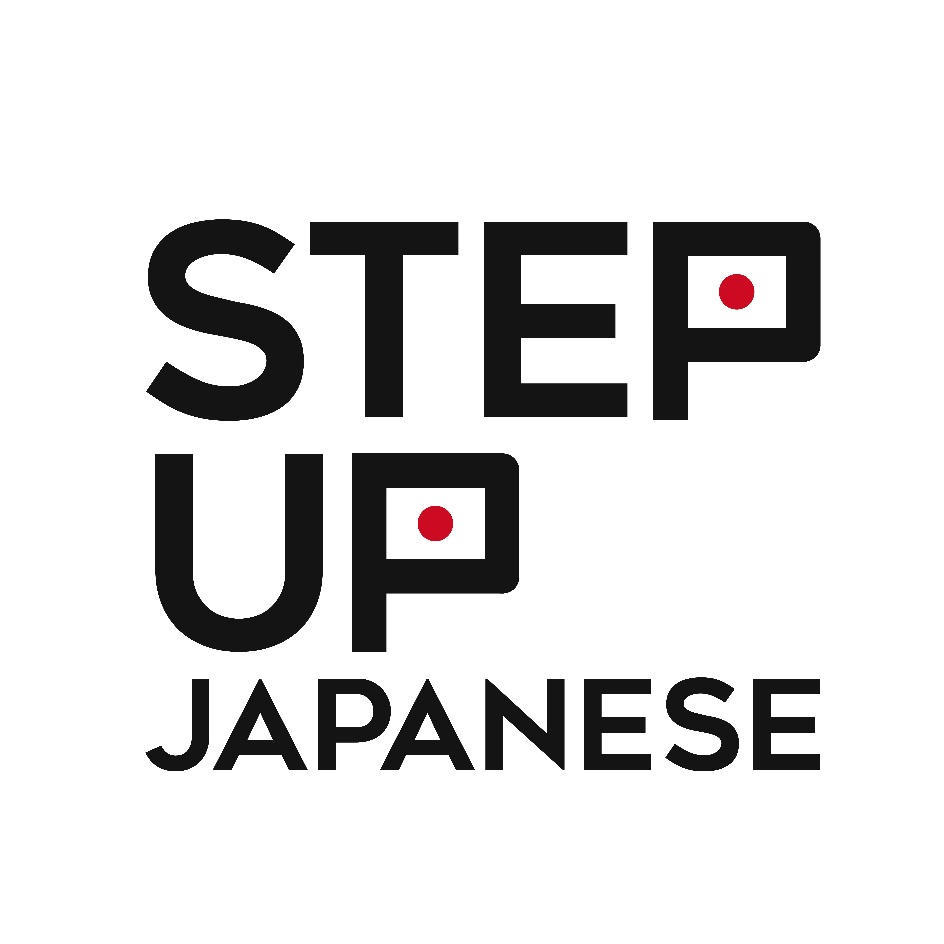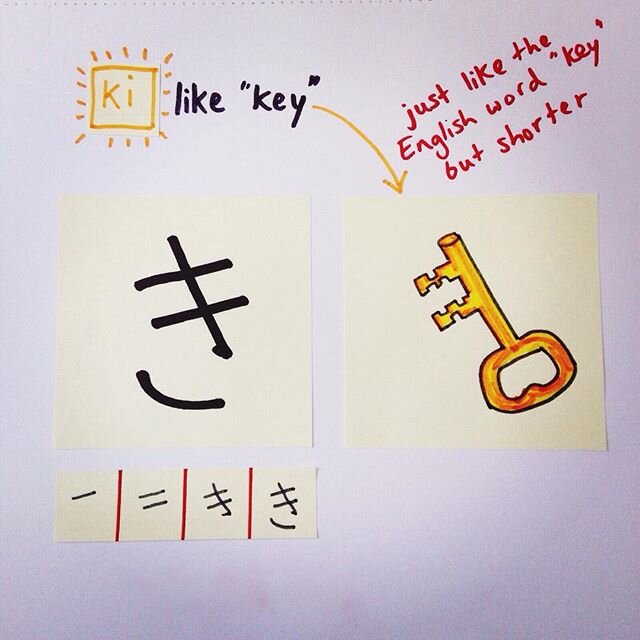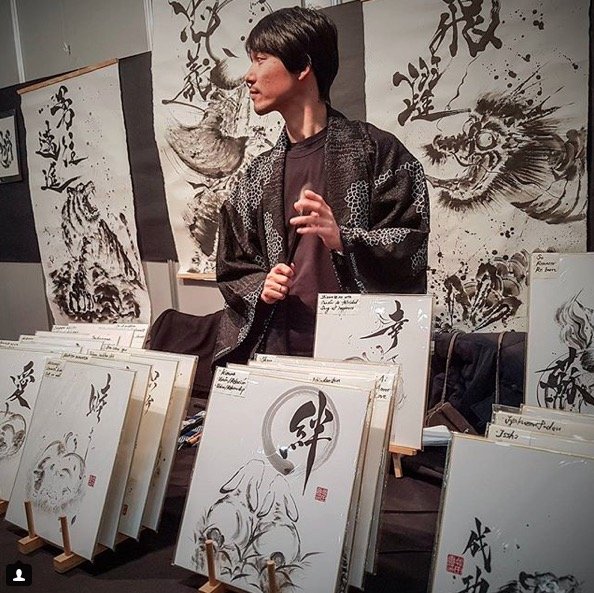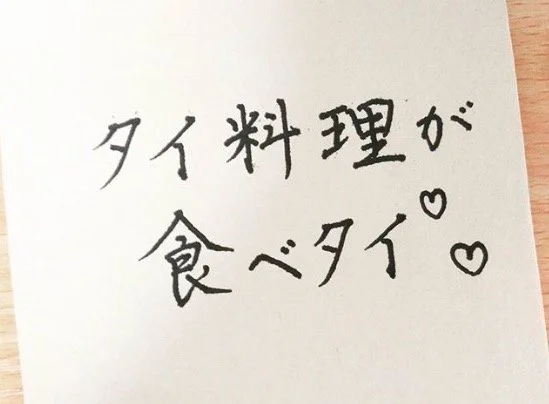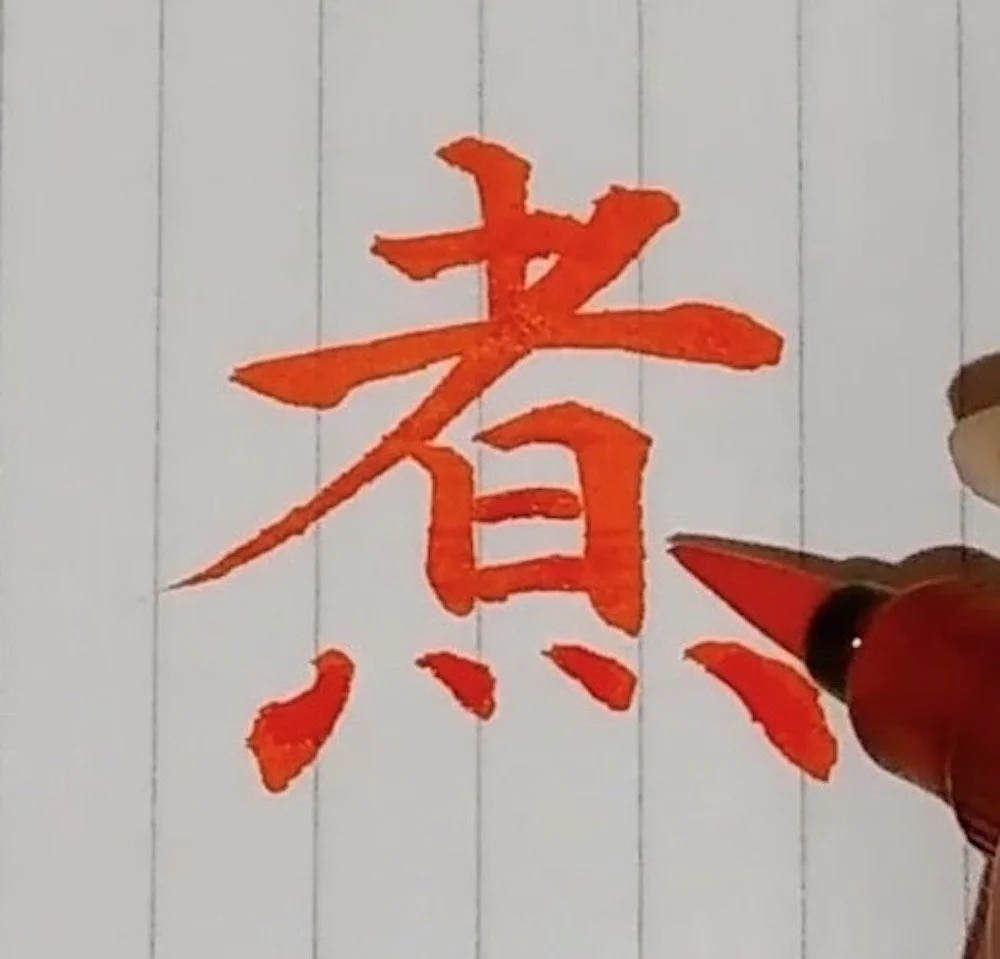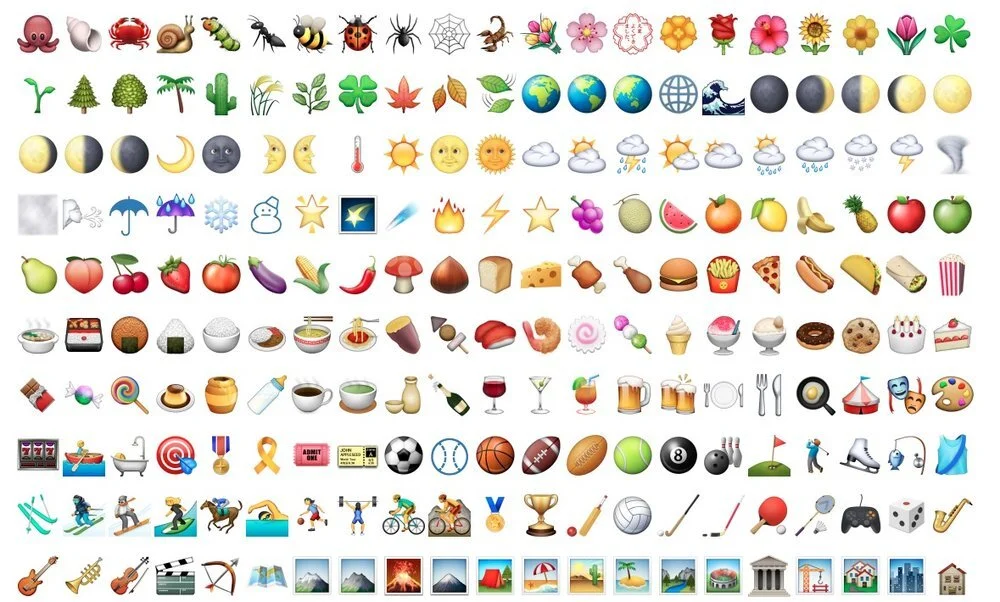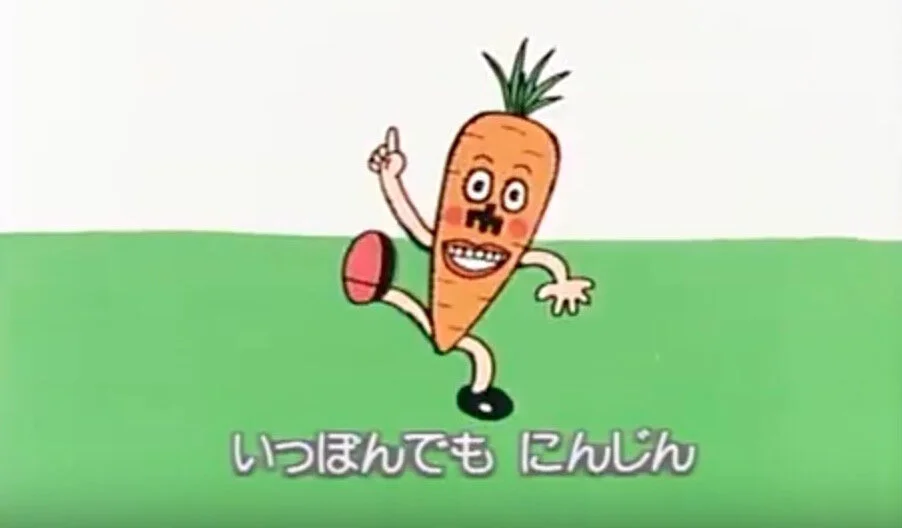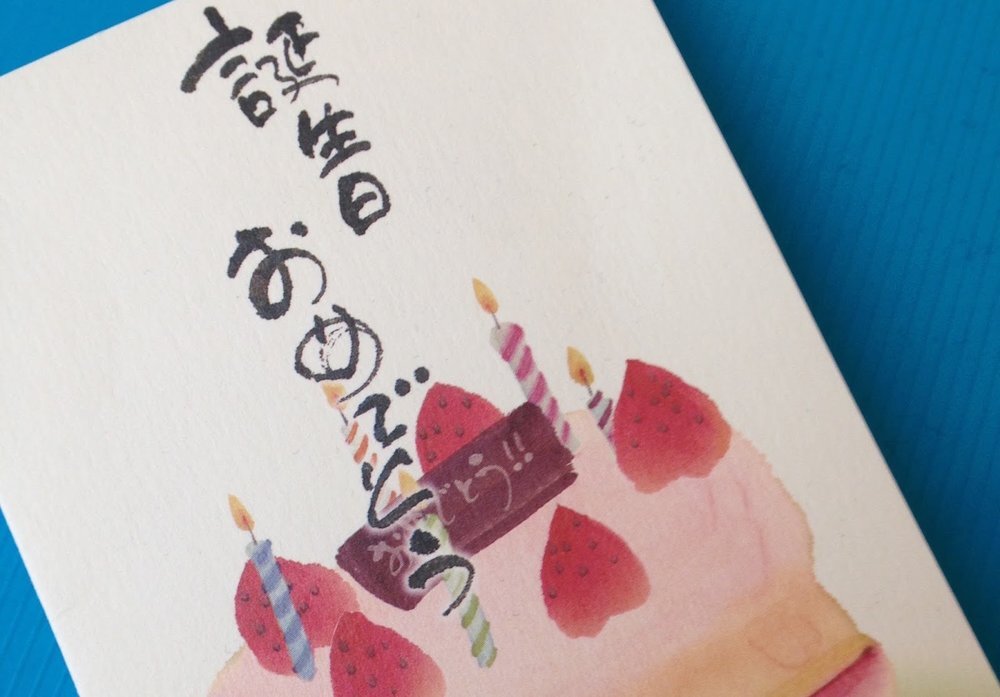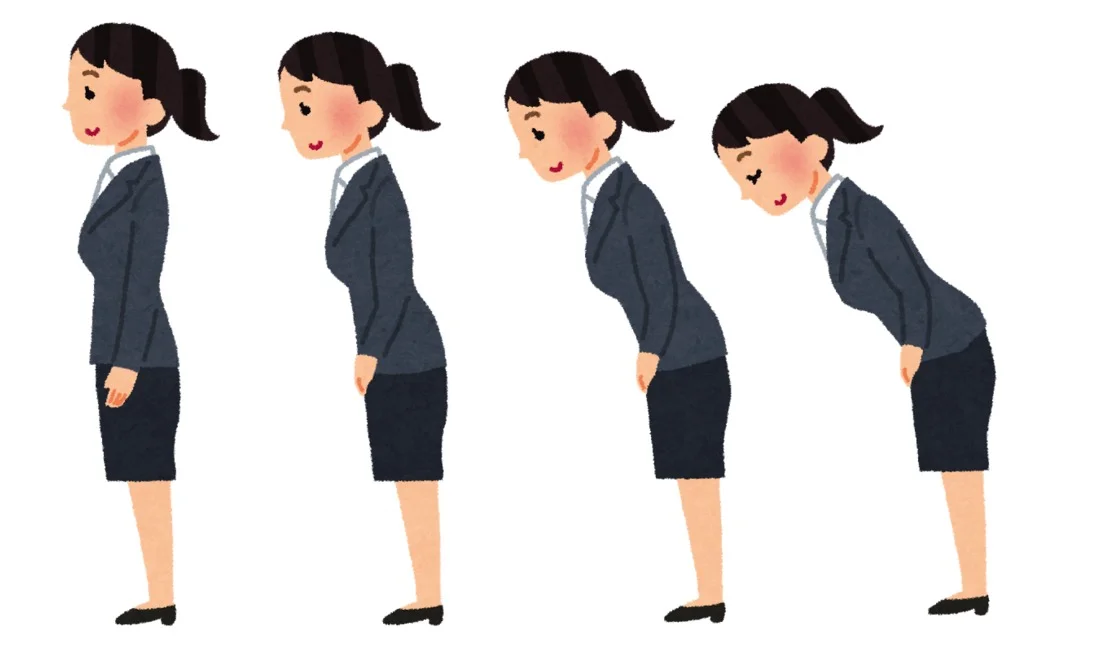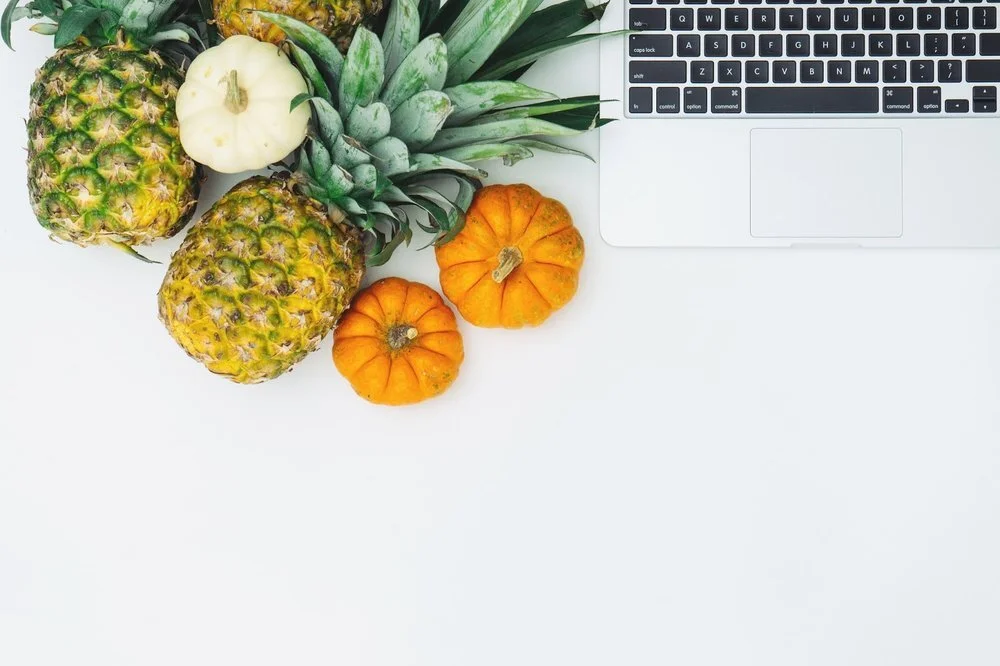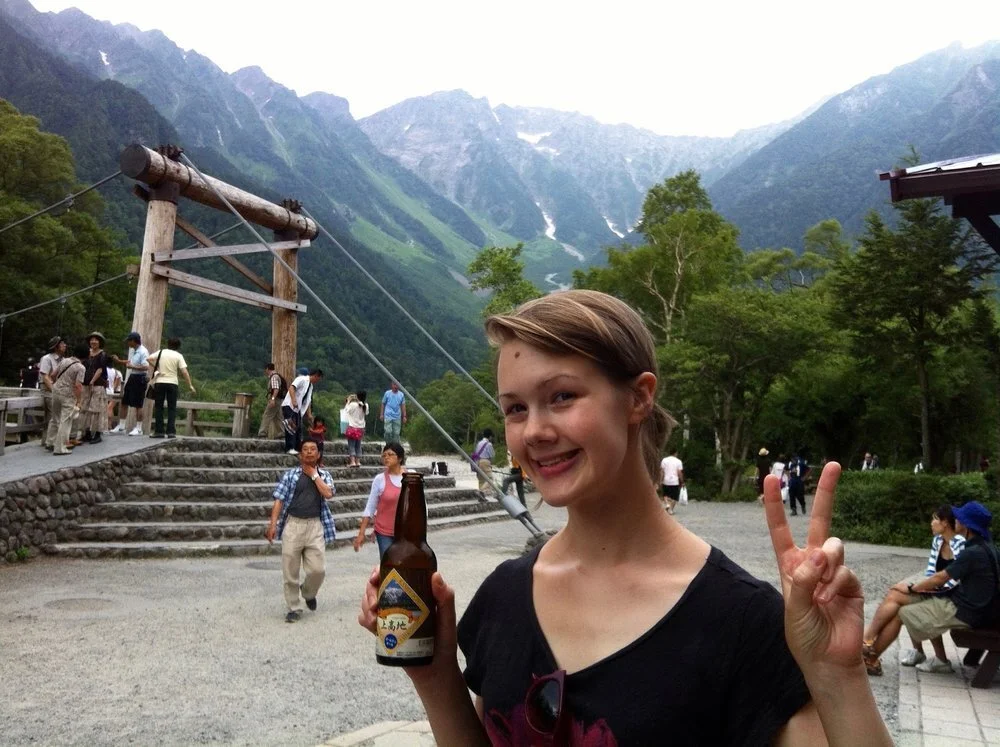Hi! This blog is no longer updated, but on this page you can find an archive of my blog posts, 2016-2022. Click here to view the blog index (a list of all posts).
For the latest news about Step Up Japanese, sign up to my newsletter.
Search this blog:
Is it "douzo" or "dozo"?
"Wait, is it douzo? In the book it says dōzo..."
It's both. And it's neither!
In beginner classes I use often rōmaji (English letters) to write Japanese in class. This is to give you a head start in learning to speak.
Some people think you shouldn't use rōmaji at all, because it will give you bad pronunciation.
That might be true if you're studying by yourself…
"Wait, is it douzo? In the book it says dōzo..."
It's both. And it's neither!
In beginner classes I use often rōmaji (English letters) to write Japanese in class. This is to give you a head start in learning to speak.
Some people think you shouldn't use rōmaji at all, because it will give you bad pronunciation.
That might be true if you're studying by yourself.
But if you have a teacher to teach you how to pronounce Japanese words correctly, and correct your mistakes, you can learn Japanese correctly using rōmaji.
There are different systems for writing Japanese in the English alphabet. Depending on which system is being used, a word could be spelled differently.
どうぞ (do-u-zo) means "here you are" / "go ahead".
Some romanisation systems use a macron (that’s a horizontal bar over the letter) to write the long vowel sound: ā ī ū ē ō. Using the macron, the word would be written "dōzo".
Another method is to spell out the long vowel sound using double letters: aa, ii, uu, ei, ou. That gives us "douzo".
Both "dōzo" and "douzo" are correct.
Sometimes, the long vowel isn't written in: "dozo". Technically, this is wrong!
You might also see ee and oo used instead of ei and ou: "doozo".
Personally I think "doozo" is just asking for trouble. That's not how the word is spelled in Japanese (it's どうぞ do-u-zo).
Of course, the truly correct way to spell the word is to write it in Japanese characters: どうぞ.
But if you’re writing in rōmaji, both "dōzo" and "douzo" are fine too. Just don't forget the long vowel!
First published Nov 2017; updated Sept 2021
How to Learn Hiragana and Katakana using Mnemonics
I finally got around to going through the mid-course feedback from my students and drawing up plans to incorporate some of what you asked for into the rest of the course. Several learners mentioned the importance of learning the kana early on.
Learning to read Japanese can be a daunting task. The Japanese language has three distinct "alphabets" (four if you count romaji!) and learning kanji is a task that takes years. You can learn the kana (hiragana and katakana) pretty quickly, though, if you use the most efficient way to memorise them - mnemonics.
Hi! This article was first published in April 2017. I updated it recently (April 2020) and fixed some broken links.
This week I finally got around to going through the mid-course feedback from my students and drawing up plans to incorporate some of what you asked for into the rest of the course.
Several learners mentioned the importance of learning the kana early on.
Learning to read Japanese can be a daunting task. The Japanese language has three distinct "alphabets" (four if you count romaji!) and learning kanji is a task that takes years.
You can learn the kana (hiragana and katakana) pretty quickly, though, if you use the most efficient way to memorise them - mnemonics.
Hiragana and Katakana are the "building blocks" of the Japanese written language. Students in my beginner Japanese classes mostly start with the romaji edition of 'Japanese For Busy People'*, because my priority is to get you speaking from day one, and to spend class time on speaking as much as possible. Reading and writing is mostly set as homework.
But if you want to learn to read Japanese, you definitely need to start by learning hiragana - the 46 characters that make up the first basic Japanese “alphabet”. But how to remember them?
The best, quickest, most fun method is to associate each character with a picture that it (clearly or vaguely) looks like, ideally also using the sound of the letter.
Hiragana and katakana are pretty simple, so associating each character with a picture is super easy.
Here's hiragana き (ki), which we can imagine is a picture of a KEY. My image of akey is an old-fashioned one. Yours might be modern and spiky. Or it might have wings on it and be flying about getting chased by Harry Potter on a broomstick.
The point is to think of a strong visual image that makes the picture of the key stick in your mind:
Of course, you need to learn to read words and sentences too. So as well as learning each letter, you need to practice writing and reading. This where the mnemonic really sinks in.
Memorisation doesn't help you remember. What helps you remember is active recall.
Let me give you an example.
You're reading a sentence and come across the word きのこ (kinoko, mushroom). You're staring at the letter き - "which one was that again?" and struggle a little bit to remember it.
Then you remember - aha! it's the KEY! This is ki.
This process of active recall - pushing a little bit to remember something - is the process that cements the mnemonic in your mind.
For me, one of the great thing about using mnemonics to remember the kana is that when I explain the system to learners, they often tell me that's what they're doing anyway, even if they don't have a name for what they're doing:
"Oh yes, that's how I remember む too - it's a funny cow's face! MOO"
"No, む is a man saying MO-ve!"
I've also found - luckily for me - it doesn't matter seem to matter if the actual picture is rubbish. (You don't even have to draw them, I just did this to help my students out and to share the idea).
What's important is that the picture in your head is super clear.
...and once you finish hiragana, you can do the whole thing again for katakana (the second basic Japanese alphabet):
You can find the whole set of hiragana and katakana mnemonics on instagram with the hashtag #stepupkana - please check it out and let me know what you think.
I'd love to hear what mnemonics you use to help remember the kana - let me know in the comments or add your story to the instagram posts for that character.
*Links with an asterisk * are affiliate links, which means I may earn a small commission, at no extra cost to you, when you click through and buy the book. Thanks for your support!
First published April 2017
Updated 7th April 2020
Is it Shinbun or Shimbun?
It’s both. And it’s neither.
Beginner students often ask whether “shinbun” or “shimbun” (the word for “newspaper” in Japanese) is correct.
You’ll see both spellings...and books about the Japanese language don’t seem to be able to agree either.
If you look at the two most popular Japanese beginner textbooks, Genki has “shinbun”, whereas Japanese for Busy People has “shimbun” and also “kombanwa”.
But why?
It’s both. And it’s neither.
Beginner students often ask whether “shinbun” or “shimbun” is the correct spelling of the word for “newspaper” in Japanese.
You’ll see both spellings… and books about the Japanese language don’t seem to be able to agree either.
If you look at the two most popular Japanese beginner textbooks, Genki has “shinbun”, whereas Japanese for Busy People has “shimbun” and also “kombanwa”.
But why?
Well, there are different ways of writing Japanese in romaji (roman letters i.e. the alphabet). All romaji is an approximation, and there are two different major systems, both used widely.
In elementary school, Japanese kids learn Kunrei, the government’s official romanization system. Kunrei is more consistent, but not particularly intuitive for non-Japanese speakers.
In the Kunrei system:
しょ is written as “syo”
こうこう is written as “kookoo”
But textbooks for people learning Japanese tend to use the Hepburn system, which is easier for non-native speakers. Modernised Hepburn writes しょ as “sho” and こうこう as “kōkō”.
"N or M?"
Under the older Hepburn system of romaji, a ん (n) before a "b" or "p" sound used to be written as m. This gave us romaji spellings like shimbun and sempai. (The Kunrei system, on the other hand, never used this rogue "m" at all).
When Modernised Hepburn was introduced in 1954, the "m" rule was dropped. Since 1954, both major systems have said that these words should be written as shinbun and senpai.
So shimbun-with-an-m hasn't been officially used since 1954...but it is still the preferred romanization of several major Japanese newspapers: Asahi Shimbun, Yomiuri Shimbun, Mainichi Shimbun.
So it seems like shimbun-with-an-m is still with us.
"So which is better?"
Arguably, “shimbun” is closer to the pronunciation of the word. There IS a sound change going on here – before a “p” or “b” sound in Japanese, the ん sounds more like “m” than “n”.
But "shinbun" is more consistent, and personally I prefer it - especially if you’re still learning kana.
There is no ‘m’ hiragana, and I don’t want you wasting your time looking for it on your kana chart.
"Which is more common?"
I don’t know. But it kind of doesn’t matter which one is more common: the Japanese way to write the word for newspaper isn't “shinbun” or “shimbun”. It’s not really even しんぶん. The Japanese word for newspaper is 新聞.
Which brings me neatly onto my next question...
“Why are you writing it in romaji anyway?"
Some people say that the shimbun/shinbun thing is a slightly pointless question. Everyone should just learn the kana, and then we wouldn't have this problem, right?
But romaji isn’t just read by people learning Japanese. Romanised stations and place names and even people's names are read by millions of people visiting Japan who don’t know Japanese.
And for people who don’t speak Japanese (especially English speakers), it's easier to guess the pronunciation of “shokuji” than “syokuzi”.
So, while the current system is a bit of a muddle, it's the best thing we've got. I think we can all agree on that.
(First published February 12, 2016. Updated June 21, 2019)
